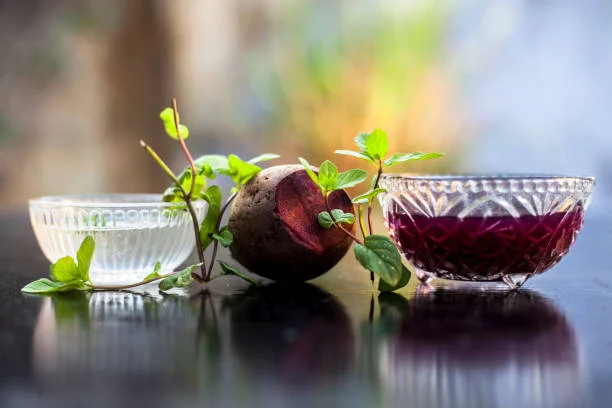In today’s health-conscious world, the demand for clean-label products has reshaped how food is made, marketed, and consumed. One of the strongest shifts has been toward natural food colors, replacing synthetic dyes with plant-based pigments. Among these, beetroot food coloring has emerged as one of the most versatile and consumer-friendly options.
Natural
Why Natural Food Colors Are in Demand
Consumers no longer want artificial additives in their favorite foods. Synthetic dyes, though effective, have been linked to health and safety concerns. This has given rise to the clean-label movement, where natural food colors derived from fruits, vegetables, and spices are now leading the way.
Natural colorants not only bring visual appeal but also signal transparency, wholesomeness, and trust. For manufacturers, using plant-based colors is a strong way to align with modern consumer values.
Before you go, this next article might answer your next question.
Beetroot Food Coloring: A Natural Red Hue
Among the many natural options, beetroot food coloring stands out for its striking, vibrant shades. Extracted from the root of the beet plant, it offers deep red to pink tones that can transform both sweet and savory products.
The pigment responsible for beetroot’s vibrant color is betalains—specifically betacyanins—that provide a rich and stable coloring effect.
Applications of Beetroot Food Coloring
Beetroot coloring is used in a wide variety of foods and beverages, such as:
- Beverages – Smoothies, juices, and flavored waters.
- Confectionery – Candies, gummies, and jellies.
- Dairy Products – Yogurts, ice creams, and milkshakes.
- Bakery Items – Cakes, frostings, and pastries.
- Snacks & Sauces – Chips, dressings, and dips.
Its ability to deliver natural pink and red hues makes it particularly popular in products targeted toward children and health-conscious adults.
Benefits of Beetroot Food Coloring
- Plant-Based & Clean Label – Appeals to vegetarian, vegan, and health-conscious consumers.
- Nutritional Edge – Beetroot contains antioxidants that may offer added health benefits.
- Vibrant Shades – Produces attractive pink to red hues, perfect for eye-catching products.
- Consumer Trust – Beetroot is a familiar ingredient, making it more acceptable on labels.
Challenges and Considerations
Like other natural food colors, beetroot extract has its limitations:
- Heat Sensitivity – Prolonged cooking or baking can reduce its vibrancy.
- pH Sensitivity – Color stability can change depending on acidity, shifting from bright red to purple tones.
- Storage Conditions – Requires careful handling to preserve its intensity.
Manufacturers often work with encapsulation and blending techniques to overcome these challenges and maintain consistent results.
The Future of Natural Food Colors
As consumers continue to seek transparency in their food, natural pigments like beetroot food coloring will become even more popular. Its strong consumer acceptance, clean-label appeal, and versatility make it a leading choice for both traditional and modern food products.
With ongoing advancements in stabilization and extraction technology, beetroot and other natural food colors will only become more reliable, accessible, and vibrant for the global food industry.
Final Thoughts
Natural food colors represent more than just visual appeal—they are symbols of purity, health, and trust. Beetroot food coloring, with its rich red tones and plant-based origin, is one of the best examples of how nature can replace synthetics without compromise. For manufacturers and consumers alike, it’s a colorful step toward a healthier future.
Catch up on the latest updates anytime from Management Works Media.






